

Training camp workshop on PR strategies for the Kumano Kodo Reflection by the lecturers

The seminar camp ‘Kansai Marketing Camp in Kumano Kodo’ was recently held at SEN.RETREAT TAKAHARA, a one-room rental inn run by Nihon Unisto in Kumano Kodo, Wakayama Prefecture, to discuss PR strategies for Kumano Kodo.
Together with three marketers and PR persons working at the forefront of regional revitalisation, the event defined the Kumano Kodo as ‘a path to walk at each milestone in life’, and thought through measures to promote this image over a three-day, two-night period.
A brief report on the seminar is available on PRTIMES, but here we asked the lecturers to reflect once again on their impressions of the Kumano Kodo and the content of the seminar.
Lecturer
Representative Director/PR, Shinme Co.
Ayako Shimomura
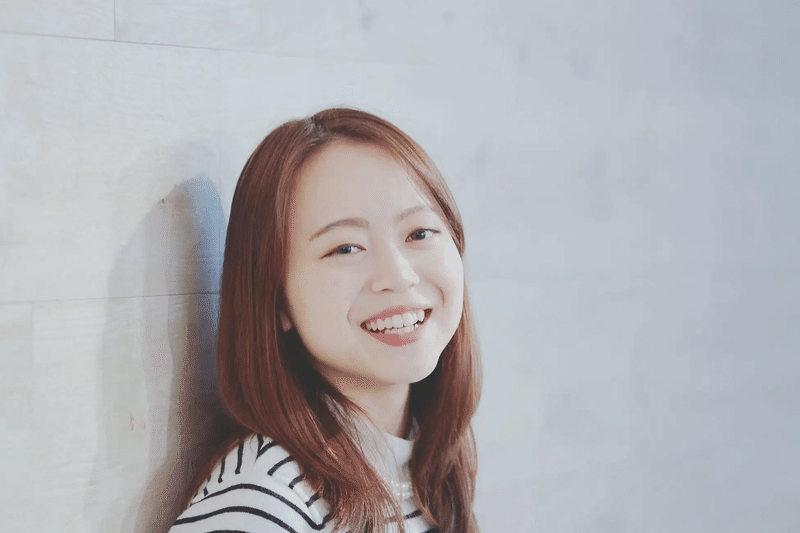
The Breakthrough Company GO Business Producer
Miyu Hirano
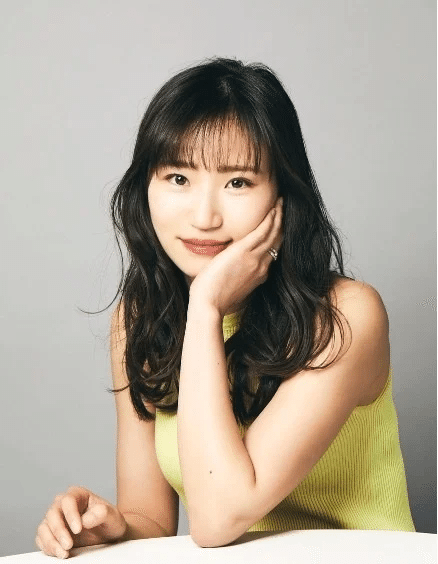
President/Marketer, HONE Inc.
Takato Sakurai
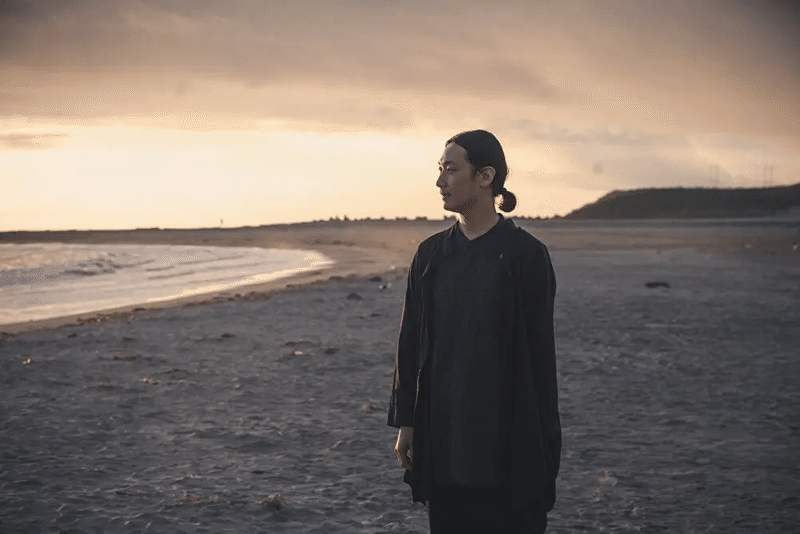
Nippon Unisto Corporation SEN. division / Marketer
Yohei Osaki
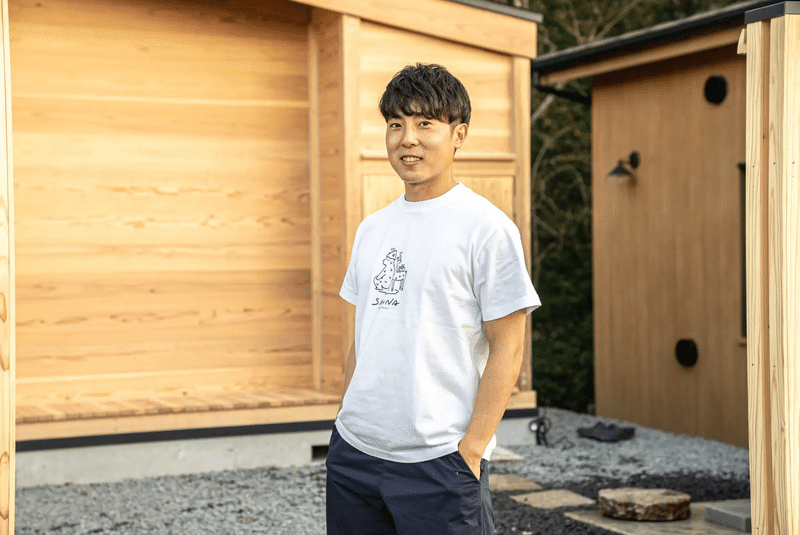
How do we protect and make the most of this place?
Osaki: How was your first visit to the Kumano Kodo?
Shimomura: Before the second day’s work, we walked from Takijiri to Kogen in Nakaheji, and on the third day from Hatsushinmon to Kumano Hongu Taisha. Unlike normal mountaineering, we didn’t just aim for the summit, which is why I thought it was good that we could walk with our own goal in mind.
On the first day, the Tanabe City Kumano Tourism Bureau gave us a lecture on tourism promotion and other topics, and I was struck by their emphasis on the perspective of “how to protect and make the most of this place”.Working in PR in Tokyo, I tend to look at things from the perspective of ‘how to make a big splash’, so this was a good reminder for me.
I also had the opportunity to talk to local people on the trekking route and was impressed by the fact that they don’t treat you like an outsider and are open to visitors to the area.
Hirano: I also felt that the people and the place create the atmosphere here at Kumano Kodo.Talking in the sauna and in the rich natural surroundings allowed me to expose my true self, and I think that the participants became closer to each other at once.I learnt things that I couldn’t get ‘in the rush of work in front of me’ in an urban office.There were learnings that you cannot get in a situation where you are living in an urban office with notifications ringing off the hook.
SAKURAI: This was my second visit to the Kumano Kodo, but when I am on the Kumano Kodo, I feel that my thoughts about what I was originally thinking about deepen, or gradually change into something more certain. I feel that I am naturally able to introspect without being conscious of it. The whole Kumano Kodo feels like a meditation space.
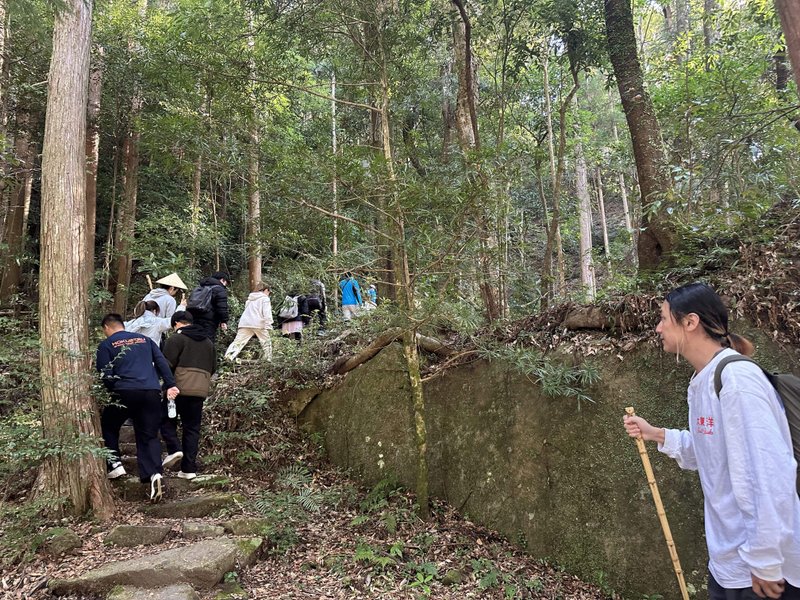
Bringing different methods together to reach a solution
OSAKI: About seven participants each worked with a lecturer, how was that?
Hirano: I work for a company that specialises in branding, but there are members of the same team who are good at SEO who start from market analysis, and there are people with various methods, so it was interesting to learn about ways of thinking that I don’t have.
It was also interesting to learn about the differences, such as the fact that I usually approach mass media in Tokyo and other cities, but regional marketing requires a completely different approach. Based on this, I was excited to think that if I can achieve one successful experience in regional marketing, I can expand it to other regions.
First, we had to decide ‘who / what’. After a lot of discussion, we found that all the members had one thing in common: they had all changed jobs. So we dug deeper into the theme of ‘career’ and came up with the answer ‘Kumano Kodo = a place to renew your life’.
I always spend a lot of time on who and what, but some people started with how and went back to who/what, so I learnt a lot from being exposed to a different way of approaching things than I do.
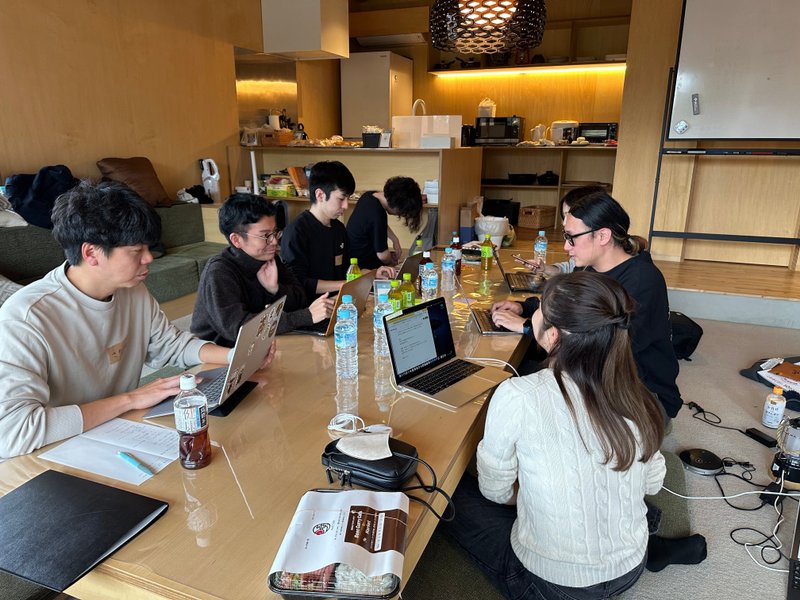
Farewell → Sacred place of Los Angeles = Kumano Kodo
Shimomura: Mr. Osaki first explained to us that he was in the process of creating a journaling book for the four milestones of farewell, second life, encounter and career, so my team started thinking from there.
We thought that negative emotions might motivate people to travel, so we devised a project called ‘Kumano Kodo (Kumano Kodo = sacred land of Los Angeles)’, which covers everything from serious breakups such as bereavement to minor breakups such as heartbreak, even within the category of ‘farewell’.
The team was made up of people with knowledge in various fields, so I decided roughly how to create the overall story and we all worked together to fill in the gaps. On reflection, the story was inevitably how-oriented, so there were fewer opportunities to decide on the top level and share it with the team members, and it became a bit of a set piece.
On the other hand, the good thing was that we had members with different strengths, and we were able to make use of their individual knowledge in our planning. However, looking at the participants as a whole, there were only two PR persons, so it would have been nice to have a few more.
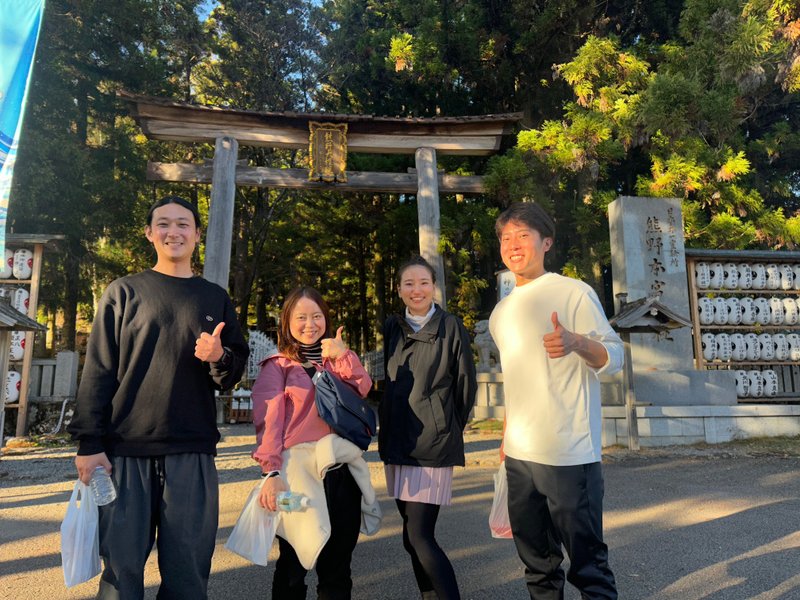
Creating a brand while protecting brand assets that have already been built
SAKURAI: Whereas last time there were three or four people per team, this time there were six or seven, so the first thing we did was to interview them about the purpose of their participation and how they perceive the Kumano Kodo, in order to establish a common understanding.
For the draft plan, we focused on what we could do because of the Kumano Kodo, and decided on a content that put forward ‘being able to say goodbye to one’s past’, targeting the increasing number of seniors in the future.
After listening to the Bureau’s talk on Day 1, I thought that a place like Kumano Kodo, which has been protected as a World Heritage Site for 20 years by local people and has a solid brand value that has taken root, is quite valuable. That is why we proceeded by removing negative images from the planning proposal so as not to damage the brand.
When it comes to building a brand on top of brand assets or building a brand from scratch on an empty piece of land, the way of fighting is totally different.
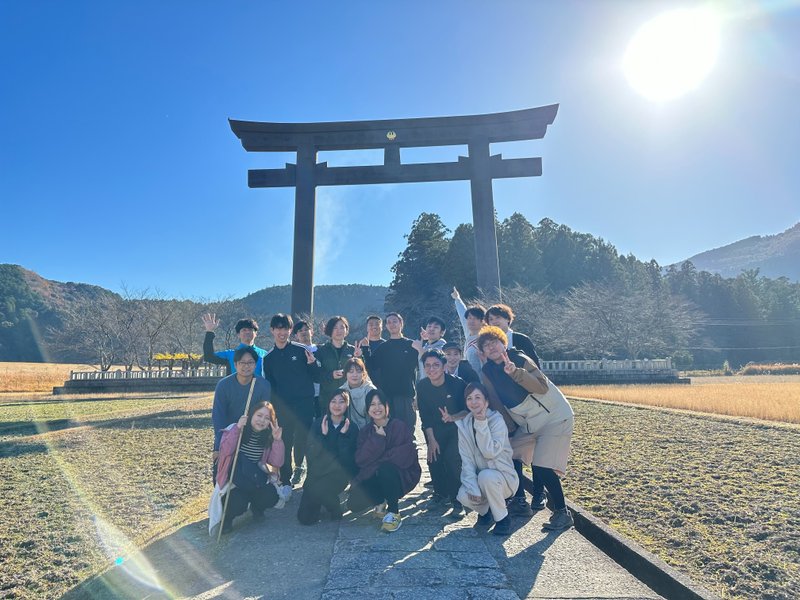
Osaki: Listening to the three of you, I felt that each leader’s colour came out. Mr Sakurai focuses on brand damage and who/what to get down to, while Mr Shimomura uses the knowledge he has gained so far on the subject of communication plans to think about how to gain media exposure.
Mr Hirano has more ideas, and I see it as a who/what that was created in line with his actual experience.
We hope to organise a third event in the near future, including in other regions. We look forward to working with you again at that time!










